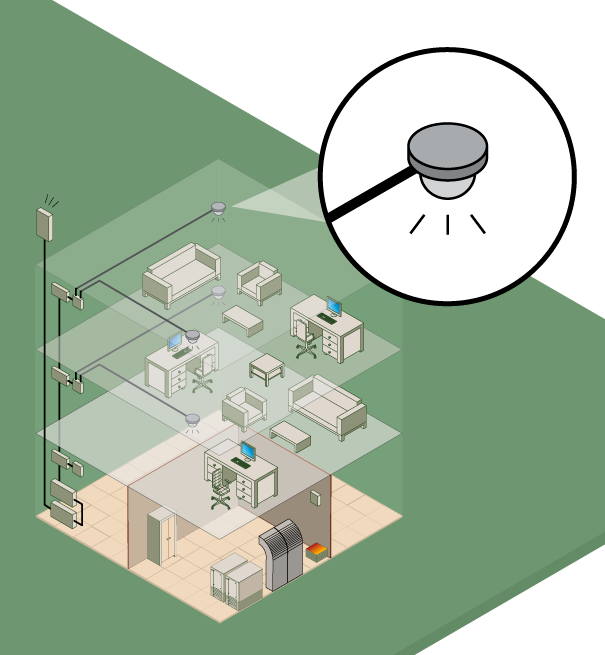Examining the Objectivity of Surveys/Polls for Private Networking

In recent years, there has been a proliferation of studies commissioned by system integrators and OEM vendors claiming that in-building wireless coverage is insufficient and that consumers and employees are dissatisfied with the current state of connectivity. While these studies serve to highlight a demand for better indoor coverage and suggest that private 5G or a private network is the answer, they often raise concerns about their objectivity and transparency. Such studies often fail to substantively address who will pay for the system and why. Lastly, and most importantly, they are used to support one specific solution as opposed to the integrated use of all available technologies, including Wi-Fi 7.
The Bias Behind the Data
Upon encountering such studies, my first instinct is to examine who commissioned the research. More often than not, the sponsors are those with a vested interest in the Distributed Antenna System (DAS) or private networking industry, leading to questions about the impartiality of the findings. These studies excel at showcasing consumer desires for improved indoor coverage, yet they conveniently sidestep the crucial question of who will bear the cost of the expensive DAS, private LTE, or private 5G installations, which can exceed $2 per square foot. They also fail to provide actionable calculations on the return on investment.
The Limitations of Surveys
Surveys, while effective at capturing common concerns, fall short of proposing viable solutions. It’s easy to agree with statements like “I don’t have good indoor coverage everywhere I want it” or “The building owner should pay for better wireless coverage.” Responses can be further skewed when participants are asked leading questions designed to elicit specific answers that support the agenda of DAS integrators, private network solution providers, or OEMs.
The issue is compounded when the released summaries of these studies omit the exact questions asked or exclude responses that contradict the desired narrative. To ensure integrity, it is crucial that commissioned studies are transparent, providing full access to the methodology, questions, and complete set of results.
Towards Greater Transparency and Objectivity
To restore credibility to these studies, several steps can be taken. Firstly, there should be a clear distinction between studies commissioned by industry stakeholders and independent research. Secondly, the methodology and full results of the studies should be made publicly available, allowing for scrutiny and validation of the findings. Alternative approaches to assessing the need for in-building wireless systems should be explored, ones that prioritize the genuine needs of the building owner over the interests of system integrators or private 5G OEMs. It shouldn’t be forbidden to suggest that waiting may be the best course of action, especially when some MNOs simply won’t engage in discussions about connecting to their core. A frequent request from venue owners is ubiquitous service from all major MNOs, yet polls and surveys regularly fail to address the issue or timing of getting them to connect.
Conclusion
While polls and surveys can be valuable tools for understanding consumer preferences, their potential is undermined when they are used as instruments of bias rather than objective sources of insight. As the industry navigates the complexities of in-building wireless systems, it is imperative that we demand transparency and objectivity in the studies that inform our decisions. We should also endeavor to provide actionable tools to calculate the ROI on the deployment of private networks and in-building wireless systems.












1 thought on “Examining the Objectivity of Surveys/Polls for Private Networking”
I have written about this in my book, “Private Wireless Networks Handbook”, to explain that just because you read a report or survey doesn’t mean it’s not biased. You have to read the fine print then you understand how many are written to sway you in one direction or another.
Readers have to be careful not to fall into the bias trap, like I often do.